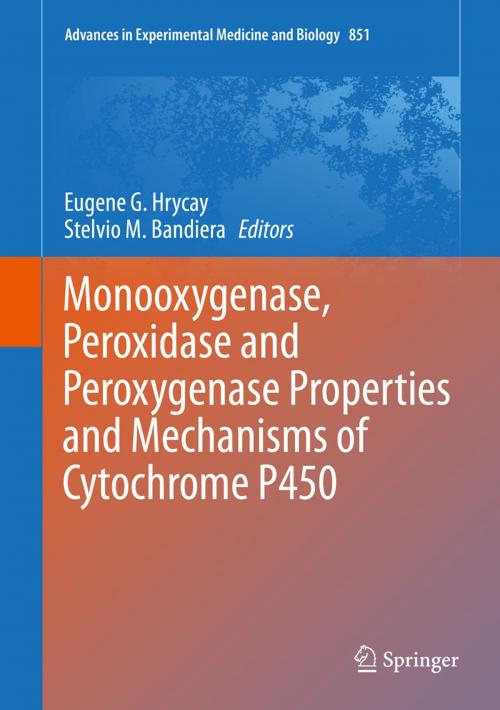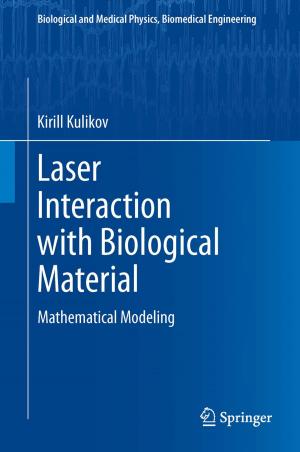Monooxygenase, Peroxidase and Peroxygenase Properties and Mechanisms of Cytochrome P450
Nonfiction, Health & Well Being, Medical, Reference, Research| Author: | ISBN: | 9783319160092 | |
| Publisher: | Springer International Publishing | Publication: | May 22, 2015 |
| Imprint: | Springer | Language: | English |
| Author: | |
| ISBN: | 9783319160092 |
| Publisher: | Springer International Publishing |
| Publication: | May 22, 2015 |
| Imprint: | Springer |
| Language: | English |
This book describes in 13 chapters mechanisms of P450 used to monooxygenate substrates via the NAD(P)H/O2 pathway using its peroxidase and peroxygenase functions. P450 also utilizes peroxides, peracids, periodate and iodosobenzene to oxygenate substrates via the shunt pathway. Also described are mechanisms used in the oxidation of pharmaceuticals by CYP3A4; acyl- carbon cleavage by CYP17A1, CYP19A1 and CYP51A1; metabolism of tetrabromodiphenyl ethers and bile acids by CYP2B6 and CYP3A4; metabolism of ω-6 and ω-3 polyunsaturated fatty acids; H2O2-mediated peroxygenation of substrates using substrate misrecognition; P450 oxidative reactions using electrochemical methods; electron transfer to P450 by redox proteins; hydroxylation of 1,8-cineole by P450cin; and peroxygenation by unspecific peroxygenases using H2O2. The topics covered are relevant to P450 researchers, professors and students from a variety of disciplines ranging from pharmacology, toxicology and microbiology to chemistry.
This book describes in 13 chapters mechanisms of P450 used to monooxygenate substrates via the NAD(P)H/O2 pathway using its peroxidase and peroxygenase functions. P450 also utilizes peroxides, peracids, periodate and iodosobenzene to oxygenate substrates via the shunt pathway. Also described are mechanisms used in the oxidation of pharmaceuticals by CYP3A4; acyl- carbon cleavage by CYP17A1, CYP19A1 and CYP51A1; metabolism of tetrabromodiphenyl ethers and bile acids by CYP2B6 and CYP3A4; metabolism of ω-6 and ω-3 polyunsaturated fatty acids; H2O2-mediated peroxygenation of substrates using substrate misrecognition; P450 oxidative reactions using electrochemical methods; electron transfer to P450 by redox proteins; hydroxylation of 1,8-cineole by P450cin; and peroxygenation by unspecific peroxygenases using H2O2. The topics covered are relevant to P450 researchers, professors and students from a variety of disciplines ranging from pharmacology, toxicology and microbiology to chemistry.















